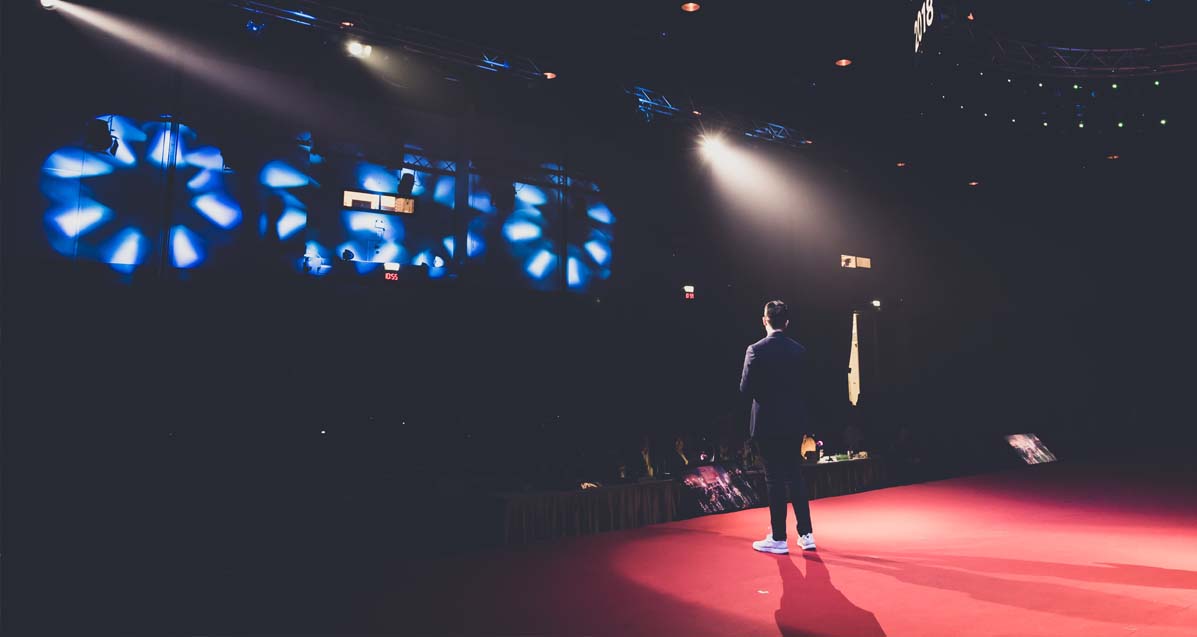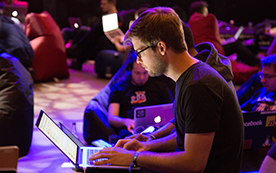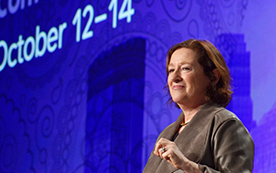
The Future of Pop Culture Conventions After Covid [Op-Ed]
Is The Time Right To Transform A Local Con Into A Global Event?
By Erik Jansen, President, MediaLab Public Relations & Kuo-Yu Liang, Founder, Ku Worldwide
As 2021 unfolds, the long-awaited arrival of effective COVID vaccines will finally begin to return the world back to ‘normalcy’.
Across the vast North American pop culture space, consumer brands, convention organizers and event promoters look forward to the re-awakening of the prolific convention and trade show scene. A reality, however, is emerging: 2021, or, at least, the first half and, likely, longer, will remain status quo. The re-emergence of live events will be competitive and turbulent as sectors of society and commerce attempt to re-engage and re-vitalize on different tracks and phases.
As the process unfolds, it may be instinctual, or simply convenient, for brands and event organizers to return to the pre-pandemic way of staging and promoting events. But the landscape has changed dramatically.
Technology will continue to offer new ways to connect people. Moving forward, conventions can look to incorporate online (so-called “virtual”) components to build brand visibility and deliver programming to a global audience. From now on, every con can be a global event.
What does this mean?
Every con has the potential to reach a global audience with content on the internet and remove the physical barriers of travel and capacity restrictions that cause a sold-out event.
But to take an event global, there are some important factors to consider including:
- Is the convention content truly global?
- Is the convention really marketing content globally?
- Is content being made globally accessible with language and time zone considerations?
- Is there a global ecommerce and shipping configuration to complement the content?
- Would convention content be restricted in any markets?
Already operating in a highly competitive space, conventions must reengage fans, exhibitors, and sponsors, both online and on-site, and in ways that deliver a new level of personal experience, value, and ROI.
How can conventions differentiate themselves from one another?
In three main ways: 1) exclusive and/or first to market content, 2) cons may feature similar IP but present it in a new way that has not been done before and, 3) by offering competitive pricing.
Brands and exhibitors must also leverage PR and social media in ways that are equally personal, authentic, and scalable for in-person and online con goers.
How do the content and brand partners choose which events to work with if they are all going “global?”
Conventions and brands need to consider:
- The overall level of content and how is it presented
- Brand / exhibitor and convention marketing efforts and how they synergize with each other
- The strength of the fan community
- The overall online user experience with the platform
Virtual technology has demonstrated intriguing capabilities and opportunities to personalize and deliver an intimate, more focused convention experience that can work in tandem with and complement live counterparts. More important, streaming technology offers more enticing ways to break time and distance barriers and deliver value-added content to fans. Virtual versions of Comic-Con, SxSW, Anime Expo, and CES, as well as branded events by DC and Crunchyroll, engaged millions and, will again, this year.
When conventions and live shows return, this online infrastructure will continue to be a critical complement. Now is the time to focus and rethink on ways to improve the fan experience and add value to this burgeoning channel.
Those who cannot attend a con due to geography, time, health, distance, added travel expenses etc. will participate and pay a premium for exclusive or personalized content. The online component also helps cons boost brand equity, expand show attendance, and develop an additional digital revenue / ad stream that can become perennial.
Some factors to consider:
- The online experience will never be an equal substitute for the live version. However, the convergence of digital programming, online delivery platforms and ecommerce – combined with a massive fanbase for pop culture – makes the climate ideal to introduce a new era of “virtual cons” that can operate as a compelling companion to a live event, or, as a stand-alone. Livestreaming features will be fused into the con experience for those at home to access exclusive content – a key draw for convention attendance.
- People already have rich online interactions. There are significant opportunities for con organizers, brand exhibitors, and guests to utilize existing platforms like Twitch and YouTube, to engage attendees in more impactful ways during a tentpole event. Some may choose to build proprietary platforms, like DC’s FanDome. Perhaps, a new open platform, specifically for the online convention experience will be on the horizon.
- Technology continues to offer innovative new ways to connect and touch people. Moving forward, conventions can look to incorporate online these virtual components to build brand visibility and bring programming to a global audience. Like their pro sports and live concert counterparts, conventions will always attract millions of attendees annually to real time on-site events.
- Content that normally would be locked within a concrete convention center is now accessible to the world. To do so in a way that can be monetized, increase production value, enhance the level of exclusivity, personalization is paramount. Con organizers, exhibitors and creators must still deliver all of the programming fans expect – panels, trailers, premieres, Q&A sessions, meet-and-greets, concerts, cosplay shows – but in ways that are also increasingly personal. By next year, a fan may attend a convention in person for two days and then, interact with the remainder of the show from home (with sore feet) enjoying a few online personalized meet-and-greets with guests along with some panels and additional exclusive programming and panels included in his “virtual” pass.
- Ecommerce is already a big part of conventions, but as online programming and delivery models continue to evolve, there could be a significantly bigger audience for exhibitors’ products and con exclusives, often unobtainable to fans that do not attend the show, unless they pay a hefty premium on secondary markets.
- Virtual cons offer the opportunity for the brands, con organizers, and creators to deliver unique products that one cannot find anywhere else and discover a global range of new-found “attendees.” 3rd party e-commerce platforms such as Shopify can provide an easily integrated platform to facilitate commerce for cons and exhibitors.
- For smaller conventions, these opportunities are also within reach. Smaller conventions might seek to collaborate and form alliances to promote common interests and each other’s events by harnessing resources and personnel and utilizing a centralized entity (or agency) to manage overall sales and promotional opportunities. For exhibitors, this collaboration could be a boon with a centralized contact for multiple shows.
The opportunity to reap rewards, adapt to, embrace evolving technology,and deliver an exciting, fan experience is truly compelling. Now is the time to innovate, to build something new and enduring. In the immortal words of the “father of modern business management,” Peter Drucker, conventions must “innovate or die.”
About the Authors
Erik Jansen is an entrepreneur and Marketing executive with more than 20 years of experience representing a variety of technology and entertainment brands via his firm, MediaLab Public Relations. He has marketed and managed convention participation, live events, and media coverage for international clients at major pop culture and trade events such as NAB, IBC, CES, E3, Toy Fair, Anime Expo, Comic-Con, and NY Comic Con. MediaLab has represented iconic Japanese pop culture brands such as VIZ Media, Yen Press, Bandai, New People, and J-Pop/J-Rock music acts for Sony Music Japan, Epic Records, JVC/Victor, Crypton Future Media, and AsobiSystem. MediaLab was also the executive media producer and PR manager for the J-Pop Summit Festival.
Kuo-Yu Liang is the former VP of International Sales & Business Development for Diamond Book Distributors, where he built a new business division to distribute books, collectibles, comics, games, GNs and manga to bookstores, ecommerce, libraries, and schools. Kuo-Yu also served as the Global Director of Business Development for ReedPop where he worked with a portfolio of events including BookExpo, Comic Con Africa, MCM, PAX West, Emerald City Comic Con. And Singapore Comic Con. At ReedPop he also served as Global Director of Sales and working with a wide portfolio of websites including Dicebreaker, Euogamer, Nintendo Life and Rock Paper Shotgun. In 2021 he launched his own pop culture brand and business development firm, Ku Worldwide. Kuo-Yu LIang also sits on the board of directors for the Book Industry Charitable (Binc) Foundation.









Pingback: Anime Roundtable v2.0 #40 – The Lockdown Return: April 18 2021 – Anime Roundtable